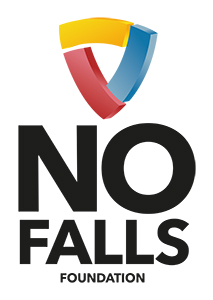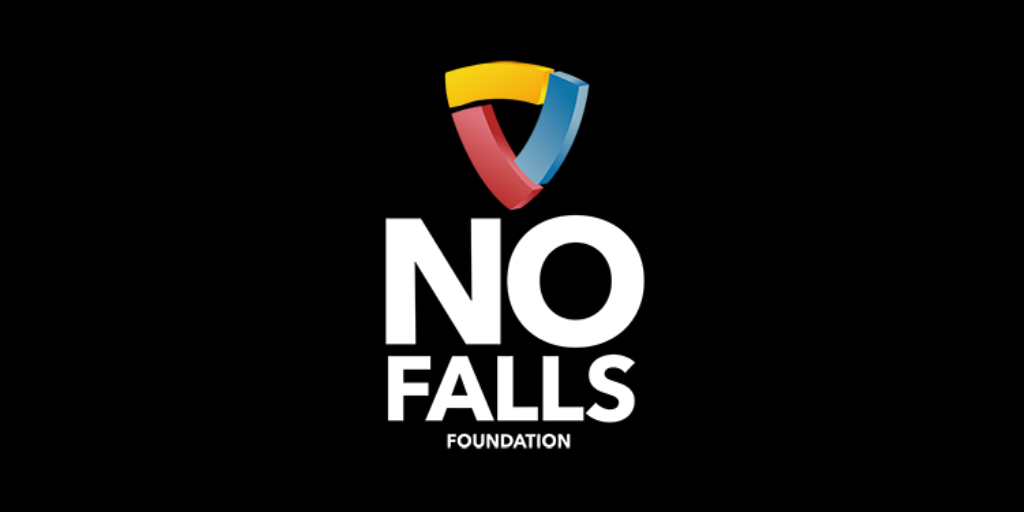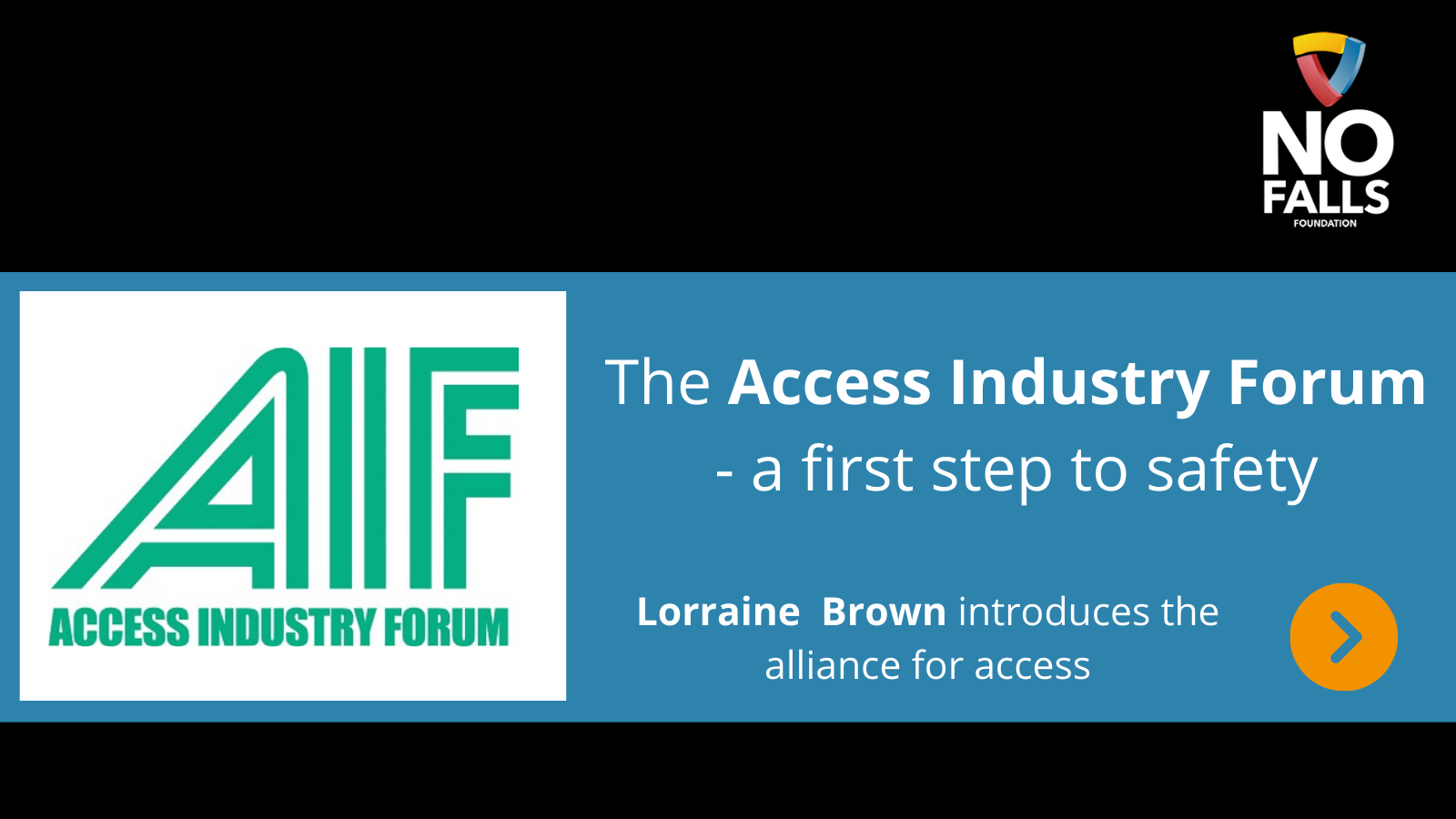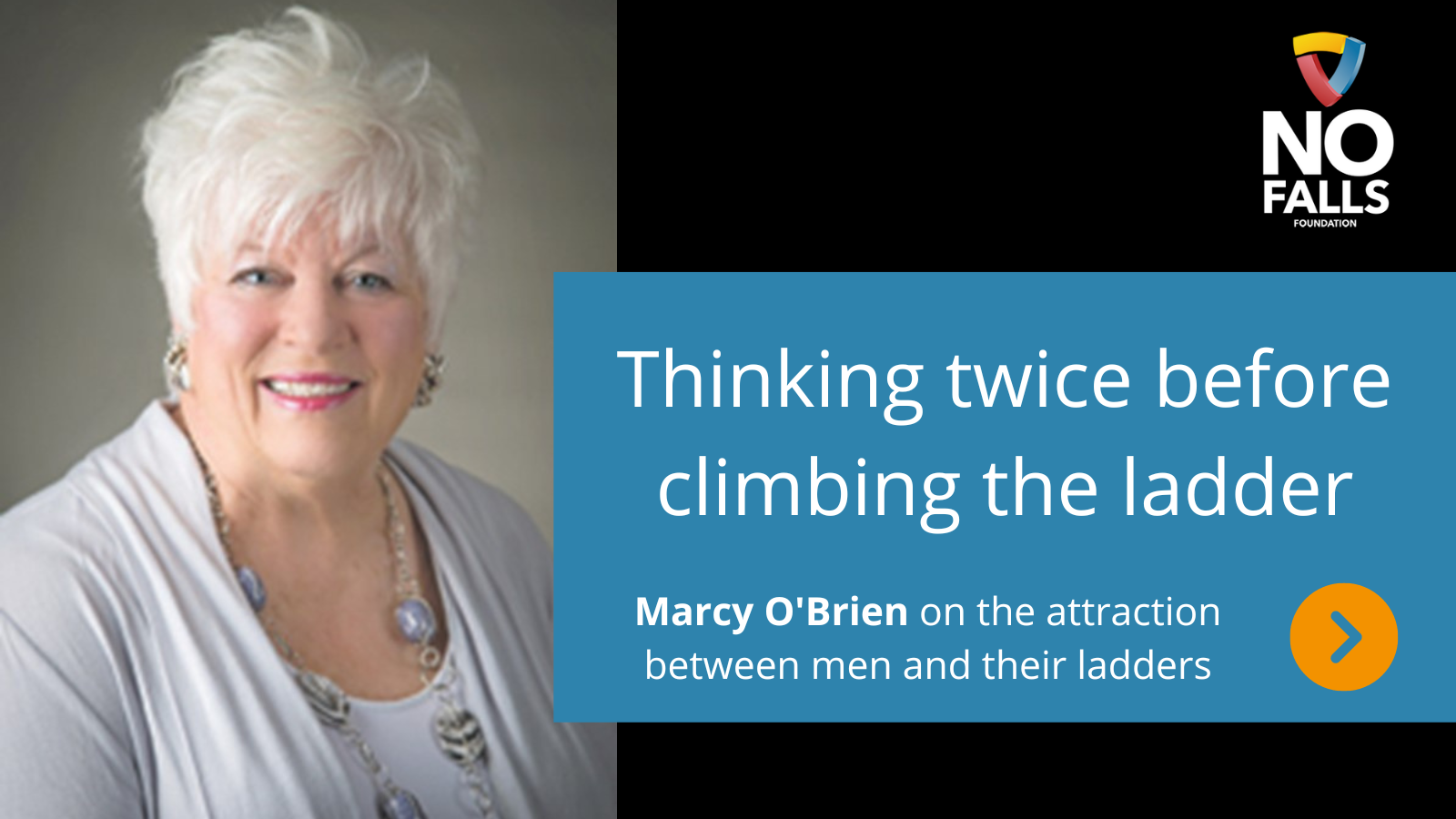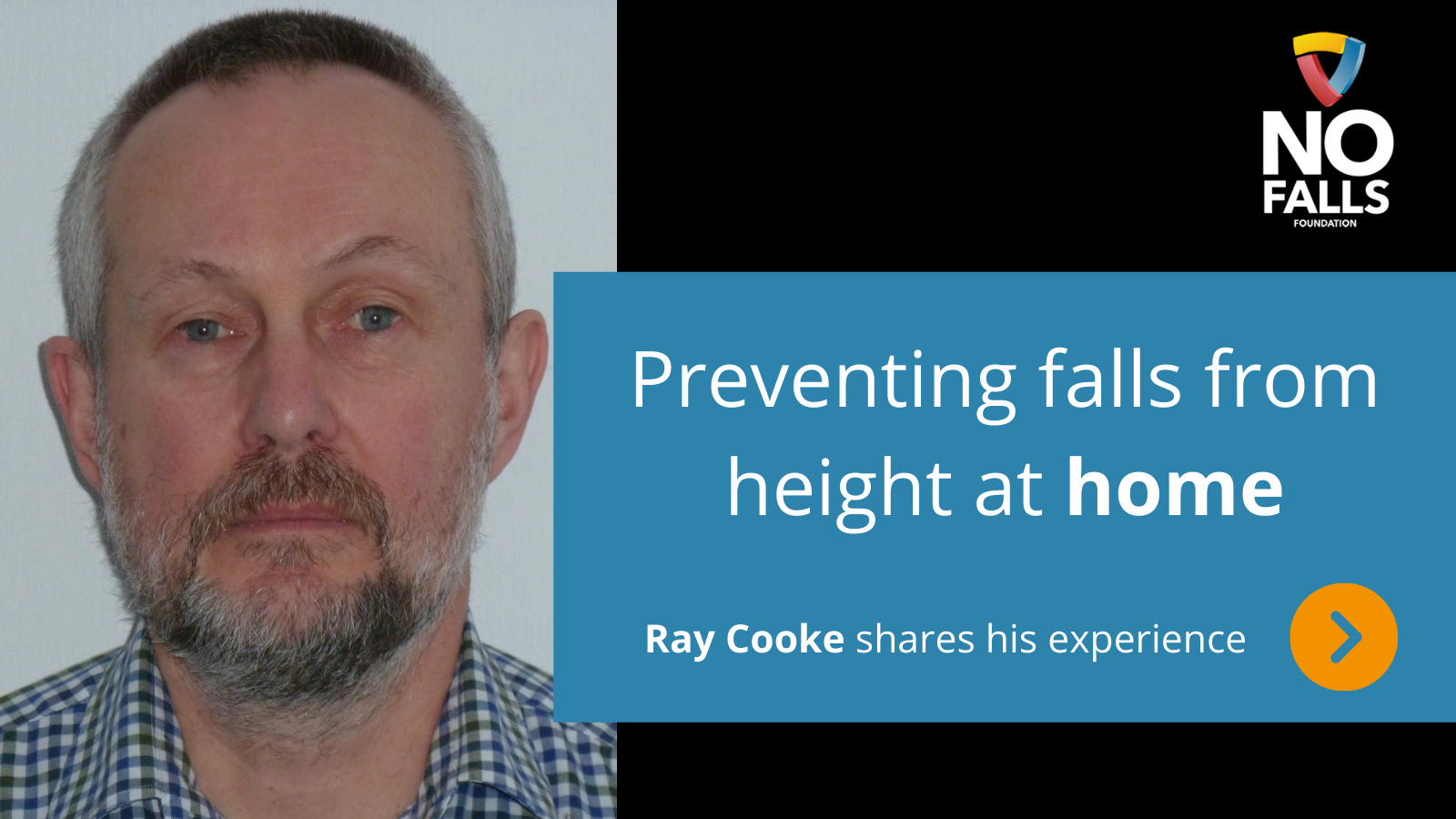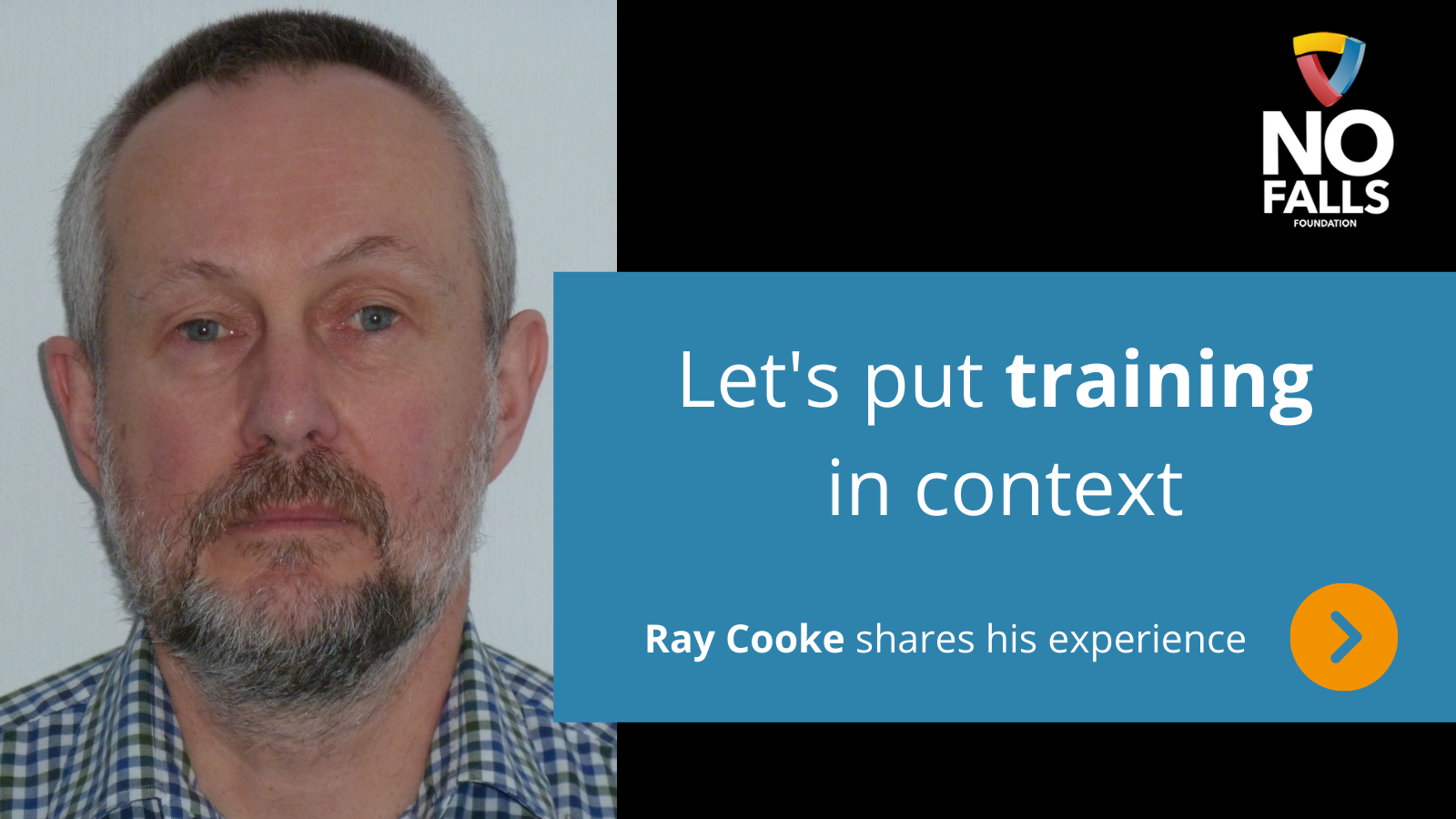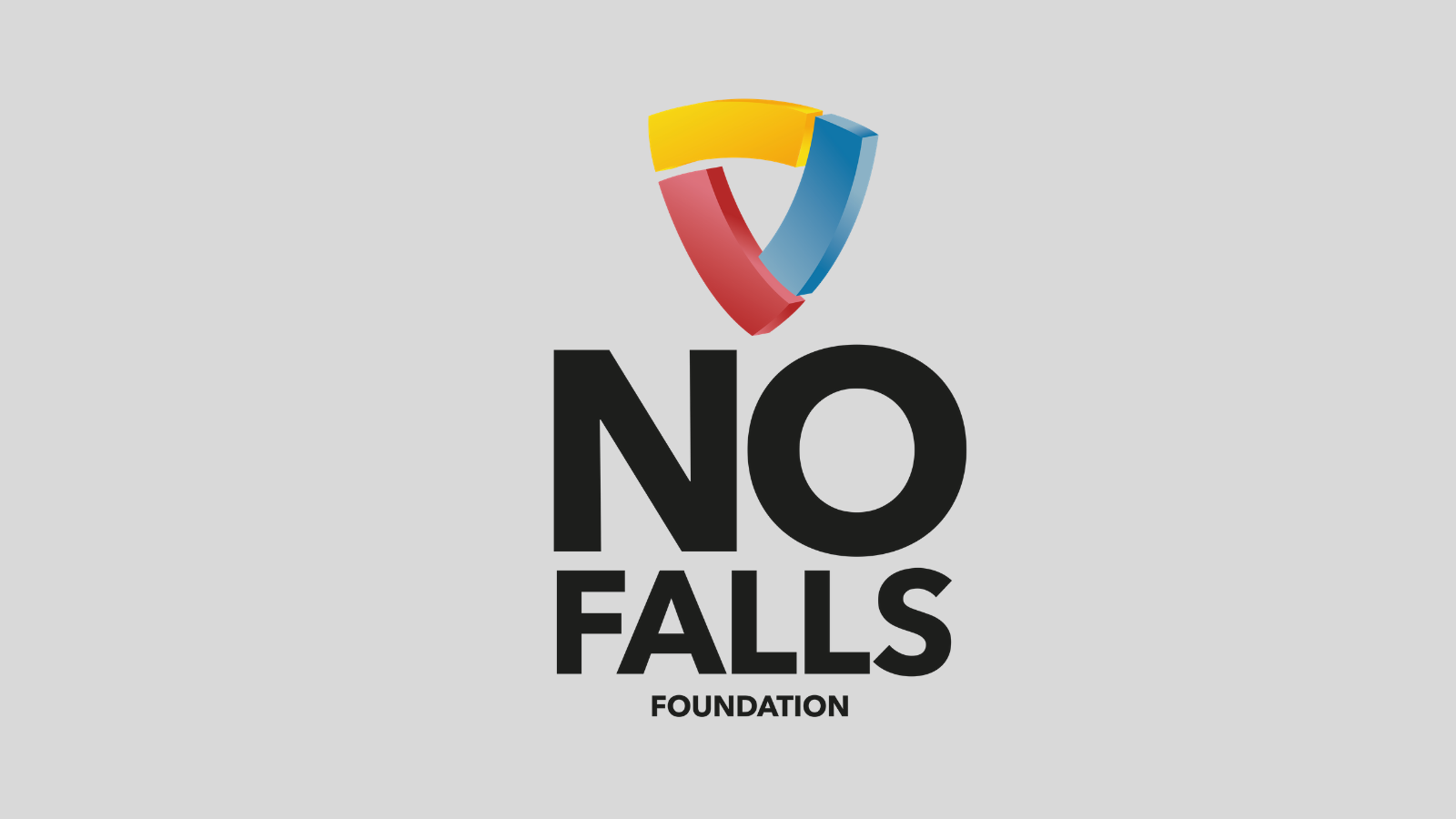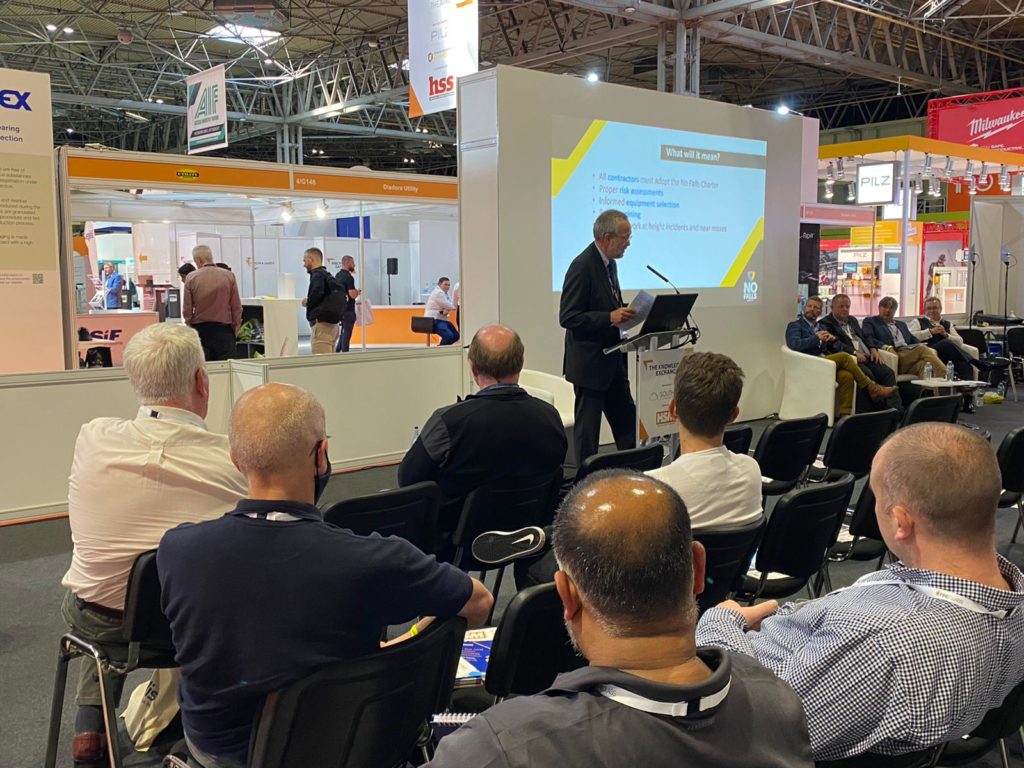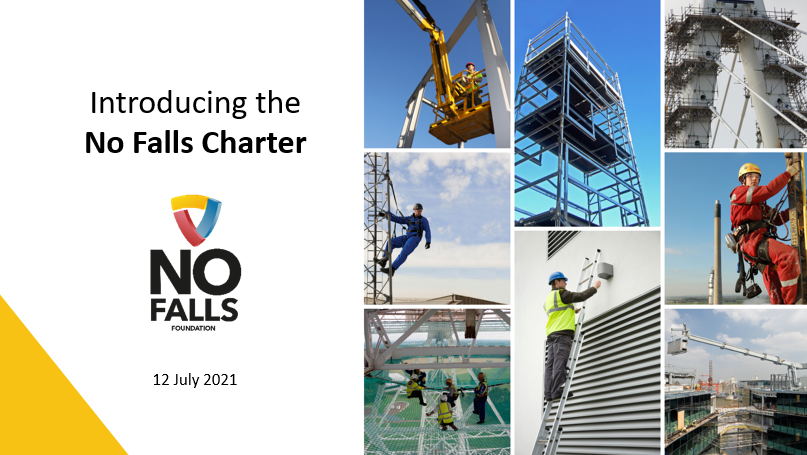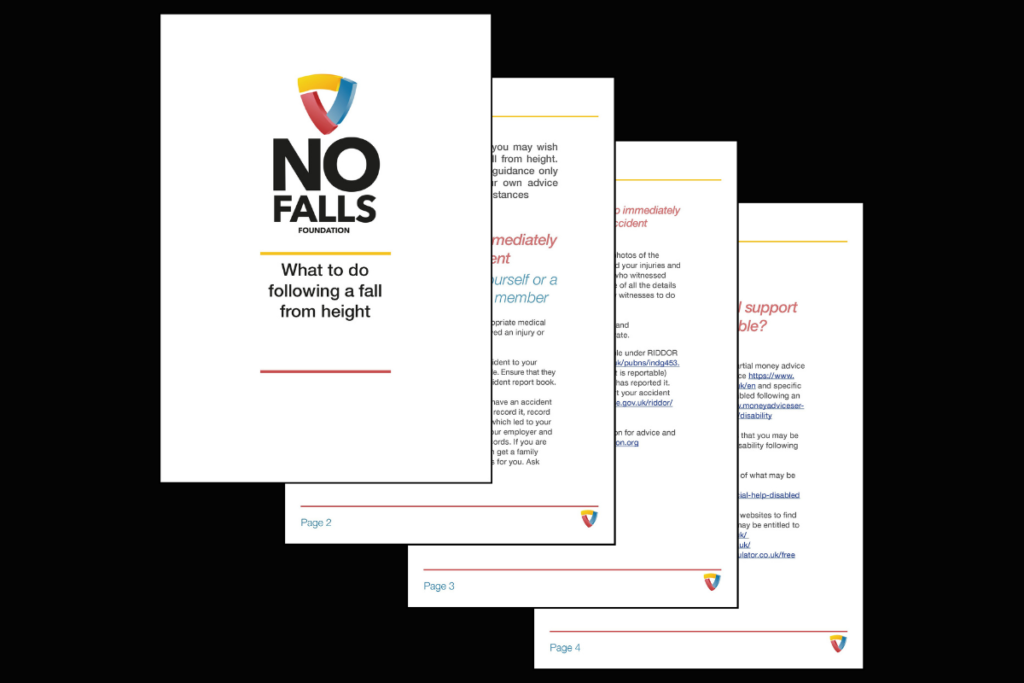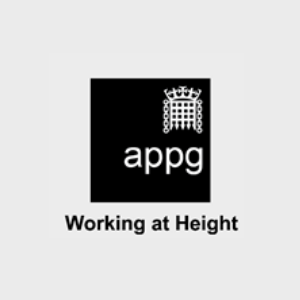Saving lives by stopping falls
Latest news

- 16/05/2024
Work at height charity supports Government plans to streamline reporting
24/03/2025 – The No Falls Foundation, the first and only UK-based charity dedicated exclusively to the work at height sector, welcomes the recent announcement that the Government and regulators are set to review outdated health and safety regulations, including plans to simplify and streamline reporting of workplace accidents.
Falls from height remain the leading cause of workplace fatalities and injuries in Great Britain, accounting for 36% of all fatalities in 2023/241. Unlike most other types of workplace injuries, the consequences of a fall from height are usually life-changing for the person involved, with many unlikely to return to their previous occupation, as well as having long-term consequences for employers, colleagues and families.
These workplace incidents are required by law to be reported by employers through RIDDOR (Reporting of Injuries, Diseases and Dangerous Occurrences Regulations), with over 5,000 non-fatal falls from height reported by employers in 2022/232 alone. The No Falls Foundation know however there is substantial underreporting of non-fatal falls from height for all workers, particularly the self-employed, who were found to report just 12% of workplace incidents3. This is most likely due to a combination of factors; a lack of awareness about what is reportable, uncertainty about who is responsible for reporting, and a perception that reporting is a burdensome task. A simplified reporting system would address these issues.
The charity has long supported a call for simplified reporting, backing the previous All-Party Parliamentary Group (APPG) on Working at Height’s recommendations to streamline reporting and make it easier for employers to report incidents when they do occur.
Peter Bennett OBE, Chair of the No Falls Foundation, said: “We fully support the Government’s plans to review the current RIDDOR reporting system and ensure businesses can comply in the most efficient way possible, and we welcome the opportunity to contribute to the consultation and review process.
“In the past, RIDDOR has proven to be a vital UK regulation aimed at improving workplace health and safety through the reporting of work-related injuries, however right now, the data collected on workplace accidents is limited.
“The implementation of a streamlined service that simplifies reporting of workplace incidents would address any shortfalls of the current system, enabling the gathering of better-quality data, reducing the administrative burden for businesses, and providing valuable insight to help make more informed decisions to keep workers safe.”
Sources
1 HSE Work-related fatal injuries in Great Britain, 2024, https://www.hse.gov.uk/statistics/assets/docs/fatalinjuries.pdf
2 RIDDOR – Kind of accident statistic in Great Britain, 2023
3 Health & Safety Executive Research Report RR528 An investigation of reporting of workplace accidents under RIDDOR using the Merseyside Accident Information Model, 2007
About the No Falls Foundation
The No Falls Foundation is the charity devoted exclusively to the work at height sector. The Foundation is dedicated to preventing falls from height and helping people affected by the life-changing consequences of a fall.
The No Falls Foundation, in partnership with stakeholders, trade associations, professional bodies and organisations who are committed to preventing falls from height, has three distinct objectives:
- Education: Raising awareness of the risks of working at height and the promotion of safe working at height
- Research: Research into the causes of falls from height and how to prevent them
- Support: Providing help and support to those who have been affected by a fall from height.
Get involved and support No Falls Week, the Foundation’s annual safe work at height campaign, which takes place 12-16 May 2025.
Further information nofallsfoundation.org or nofallsweek.org
More information can be found on the No Falls Foundation website, https://nofallsfoundation.org including details of how you can support the charity by becoming a No Falls Supporter.
